Q&A: How skin cells from foot soles could help relieve amputees of stump injury
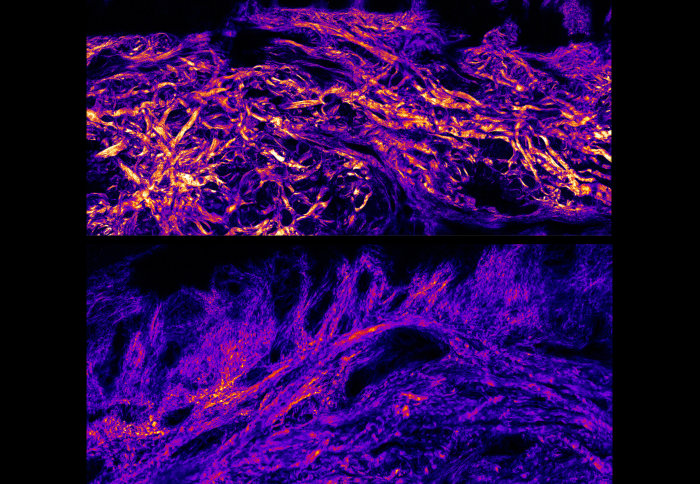
Imperial scientists hope to re-engineer stump skin for more comfortable prosthetics – using skin from the sole of the foot as a template.
People who have had limbs removed often use false arms and legs, known as prosthetics, to improve mobility and independence – but 75 per cent of prosthetic-wearing amputees encounter problems like skin tears, ulceration, and blisters.
Stump skin breaks down, causing blistering and ulceration, which can lead to infection and a lot of pain. Dr Claire Higgins Department of Bioengineering
To address this, Imperial scientists want to re-engineer stump skin to become resistant to rubbing, by making it thicker and better at bearing weight and mechanical force.
Dr Claire Higgins and Dr Colin Boyle, from Imperial’s Department of Bioengineering, want to use the thick, tough skin from the sole of the foot as a template for sturdier stump skin. They hope this will reduce rubbing and pain from prosthetics.
They are lead authors of a new paper, published in Science Advances, that looks at what makes sole skin so hardy.
Caroline Brogan spoke to Dr Higgins to find out why her team’s work could improve the lives of amputees.
What issues are you trying to address?
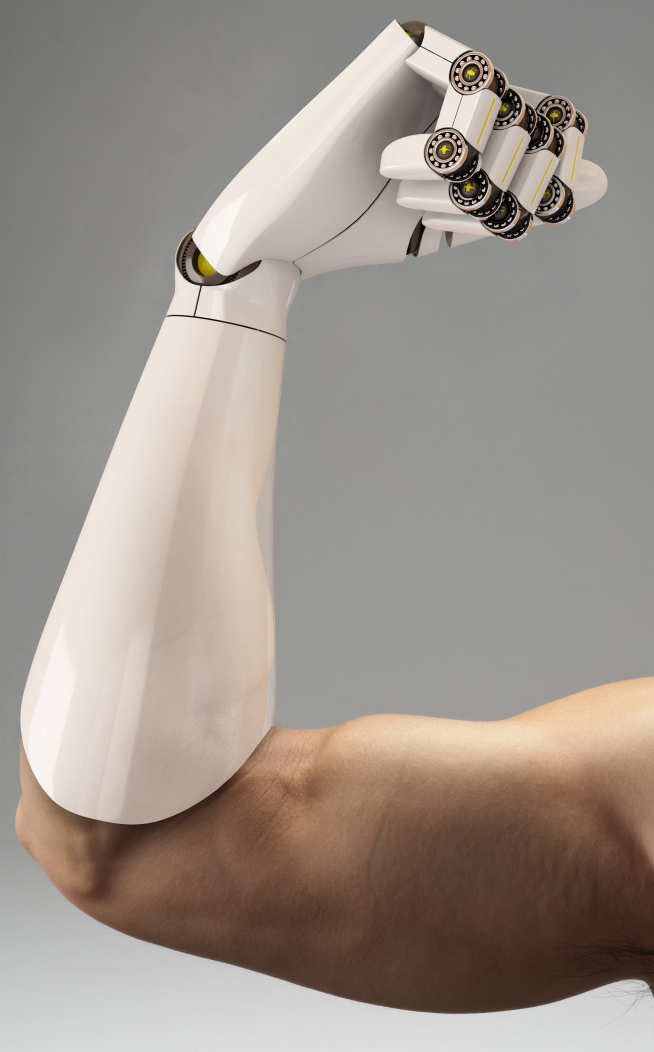
Many amputees use prosthetics to try to emulate the freedom of movement and independence that able-bodied people have. Prosthetic hands, for example, can let amputees pick up objects, and prosthetic legs can help them walk again. For this reason, prosthetics are invaluable – but they’re also fraught with problems.
One issue is that they rub against skin which isn’t equipped to deal with rubbing or supporting the too much weight. Stump skin breaks down, causing blistering and ulceration, which can lead to infection and a lot of pain.
The problems can mean that amputees often find more relief from taking off their prosthetics than they do from wearing them. We want to help change that.
Why did you look to sole skin to help stump skin?
The bottom of the foot is covered in what’s known as plantar skin. This skin is unique to the soles of our feet, and is particularly thick and padded, which helps it to stay intact when it bears our weight and rubs against shoes.
Skin on our arms and legs, however, is not designed to bear weight, or to have hard materials rubbing against it. We found ourselves asking why the skin underfoot doesn’t break down when we move around or wear shoes; and whether we can isolate that property and somehow incorporate it into stump skin.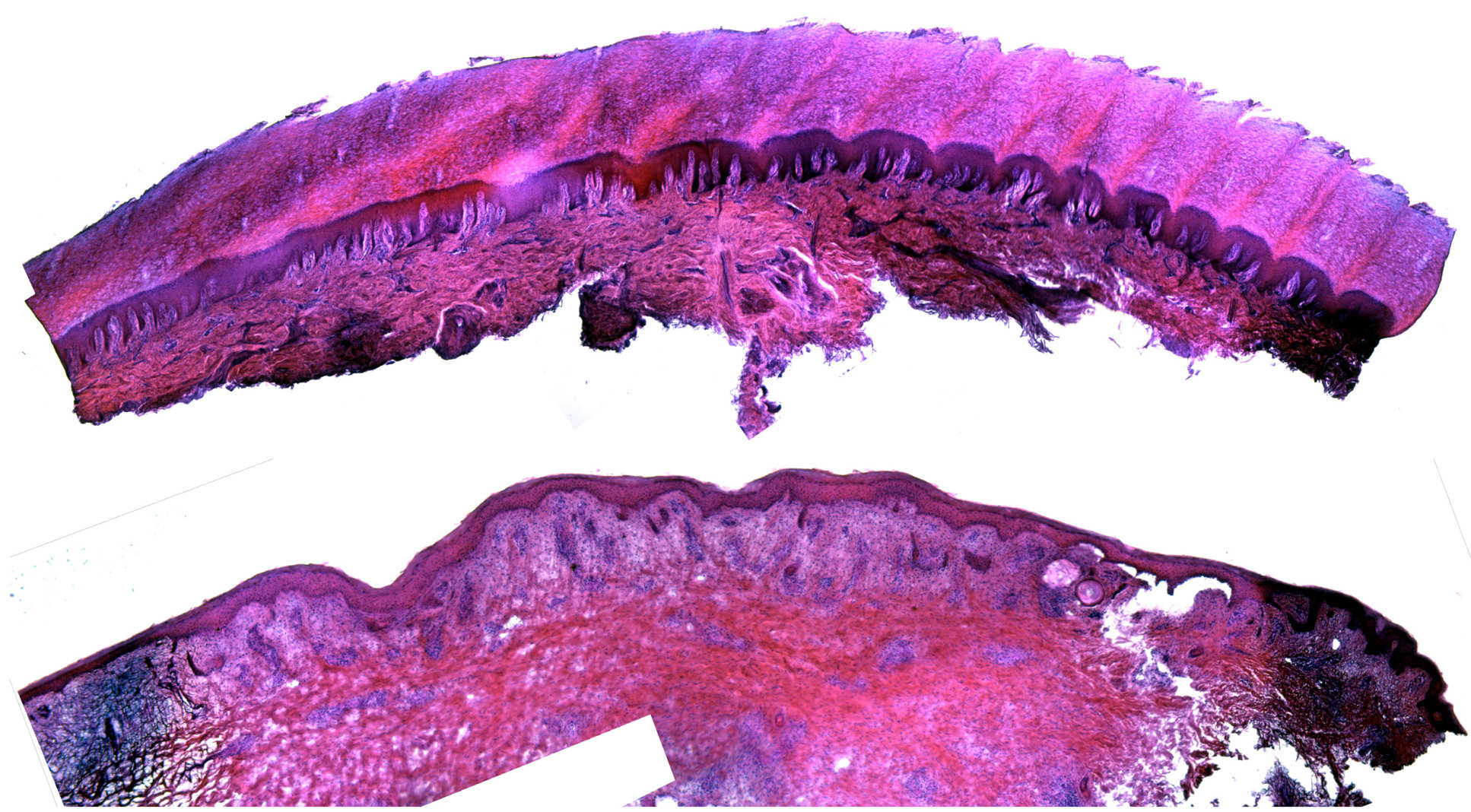
What does your new study show?
You’d be forgiven for thinking that thick plantar skin develops as an adaptation to pressure as we grow up, but its thickness is in fact genetic. This we already knew, but we wanted to see if we could find out how that works practically: what makes sole skin so tough?
We now know that stump skin needs thicker collagen fibres, thicker bundles of collagen, and different types of keratin to behave as sole skin does. Dr Claire Higgins Department of Bioengineering
We used computational models to analyse the make-up of sole skin and how it behaves differently to regular skin under pressure. We found that the outermost layer of sole skin, the stratum corneum, plays the biggest role in protecting skin from tears and blisters. This layer is much thicker in sole skin than other skin types.
We found that thicker skin did not protect sole skin from ulceration. Instead, we found that the biggest factor in protecting sole skin from ulceration is the way strong structural proteins, called keratin and collagen, are arranged. We found that the epidermis, which is the next layer down from the stratum corneum, contains far more keratin, as well as different types of keratin, than in other skin, which helps sole skin to resist breakages.
Similarly, we found that collagen is arranged in much thicker ‘bundles’ in plantar skin, and that the collagen fibres themselves are thicker.
These factors all contribute to plantar skin that is tougher and more resistant to injury – characteristics that amputees could really find useful for their stumps.
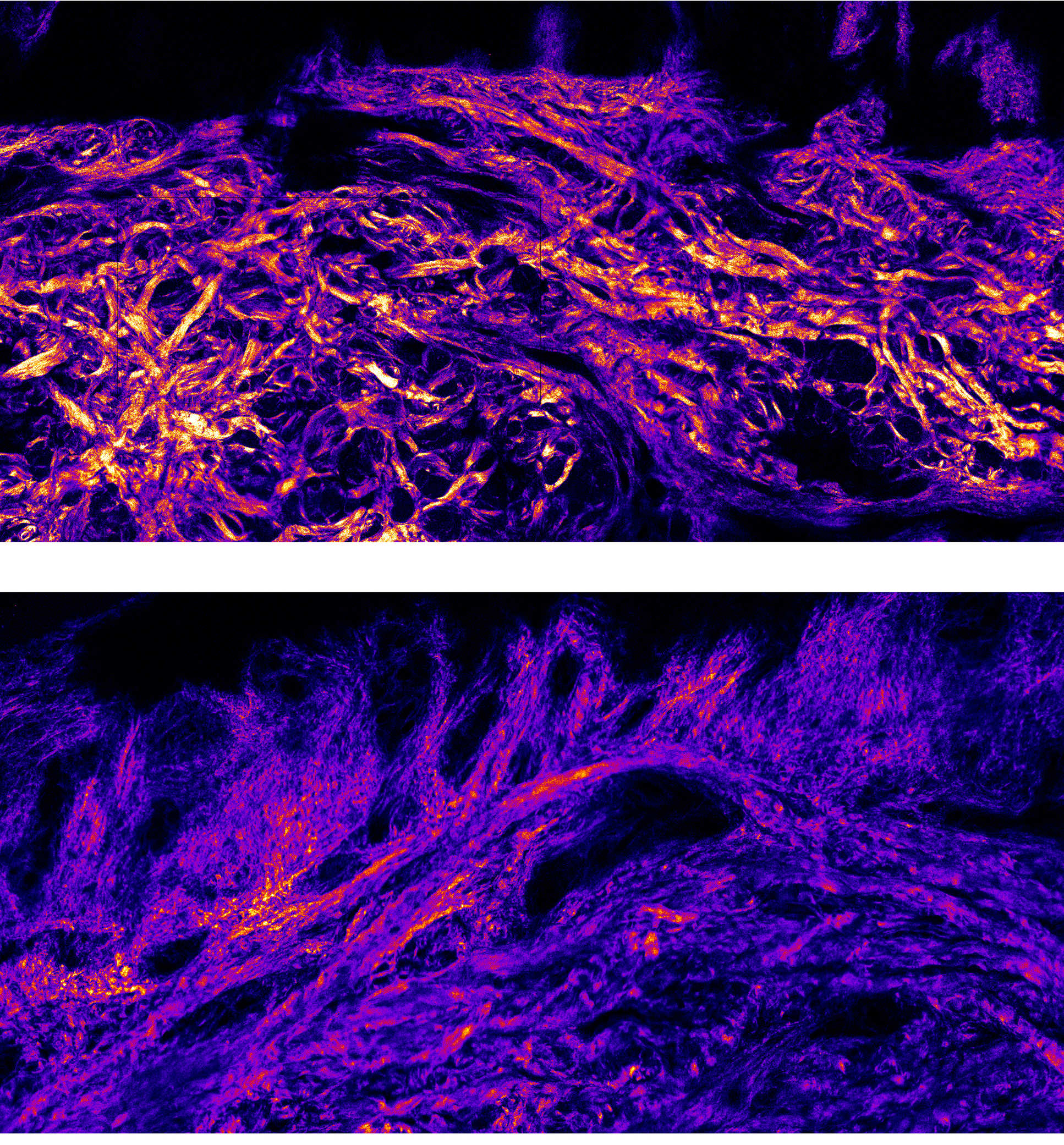
How will your findings help you toughen up stump skin?
We hope our paper will help define exactly what we’re aiming for when we think of tougher stump skin.
We now know that stump skin needs thicker collagen fibres, thicker bundles of collagen, and different types of keratin to behave as sole skin does - so now we need to work out how to do this!
That’s quite the challenge! What’s next for you?
It’s a big challenge logistically to translate to patients, but scientifically we have already defined several potential avenues which we hope will be fruitful – the main ones being incorporating genetic material into stump skin to help it grow thicker, and using sole skin-inspired skin grafts.
All skin has the potential to grow in different ways, so we could even manipulate the genetic material that’s already in stump skin to change its make-up. For example, we could inject cells called fibroblasts which trigger the production of collagen and alter the type of keratin produced, making skin layers thicker over time.
Alternatively, we could take plantar skin cells and grow them into thick layers in the lab, which would then be grafted onto stumps.
We don’t yet know how helpful these approaches will be, so we’re keeping our minds open and exploring all avenues.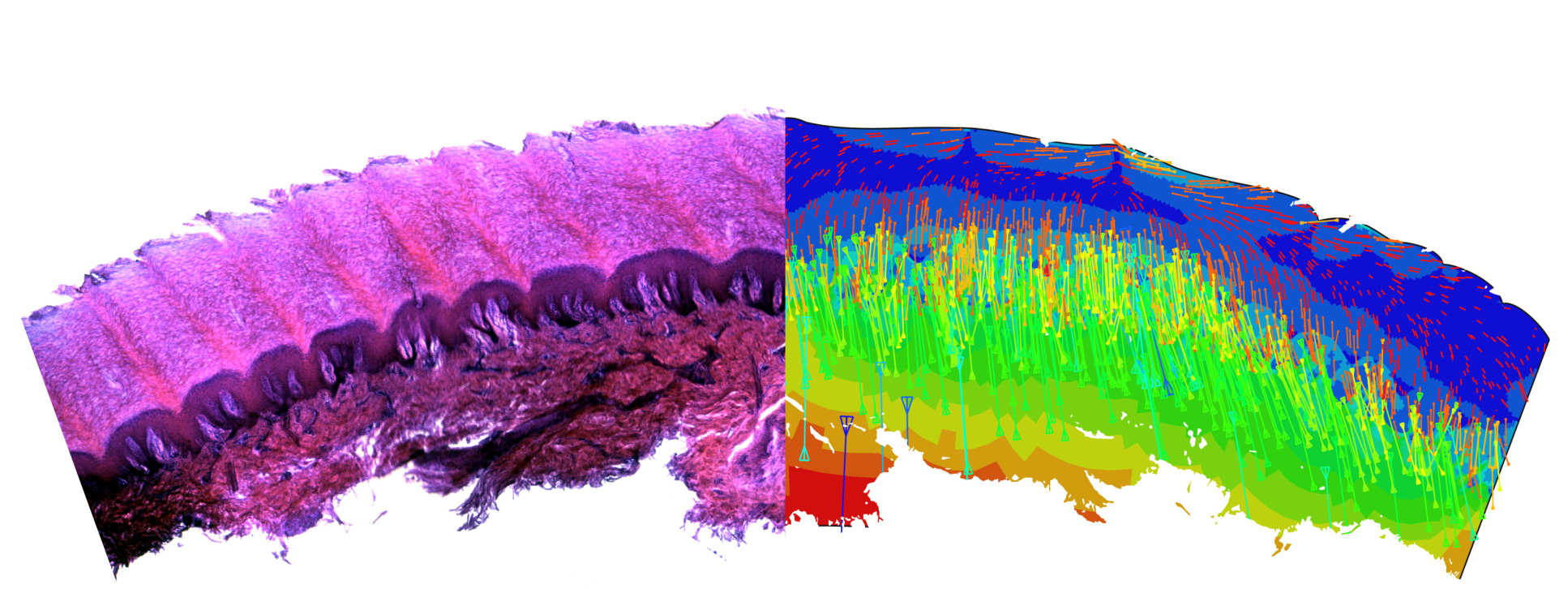
Could you say this is a new area of research entirely?
Our approach to improving amputees’ lives is rather different than most. Most researchers look at how to improve the prosthetics themselves, so our work on improving the interface between person and technology is quite unique.
Perhaps our work will inspire more scientists to think outside the box to improve stump skin and make the lives of amputees as normal as possible.
"Morphology and composition play distinct and complementary roles in the tolerance of plantar skin to mechanical load" by Colin J. Boyle, Magdalena Plotczyk, Sergi Fayos Villalta, Sharad Patel, Shehan Hettiaratchy, Spyros D. Masouros, Marc A. Masen, Claire A. Higgins, published in Science Advances.
This work was funded by the the Engineering and Physical Sciences Research Council (EPSRC)
Image credits:
Main image and image 3: Imperial College London/Magdalena Plotczyk
Image 1: Shutterstock
Images 2 & 4: Imperial College London/Colin J. Boyle
Article supporters
Article text (excluding photos or graphics) © Imperial College London.
Photos and graphics subject to third party copyright used with permission or © Imperial College London.
Reporter
Caroline Brogan
Communications Division